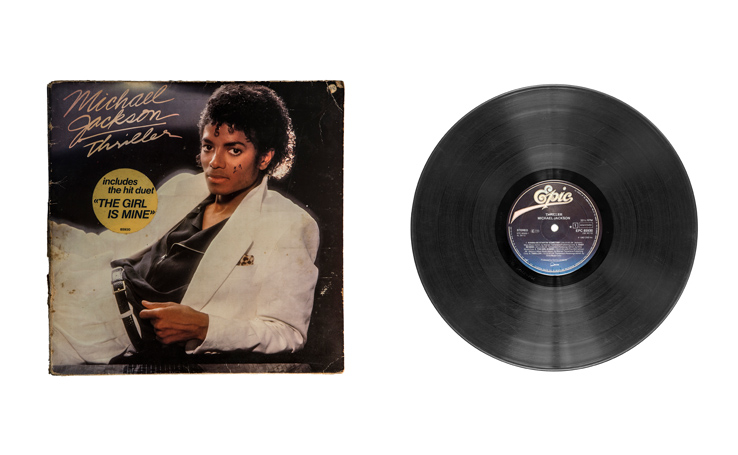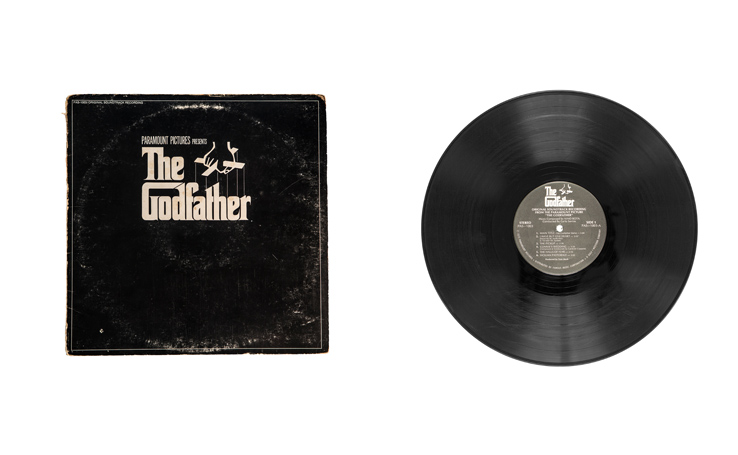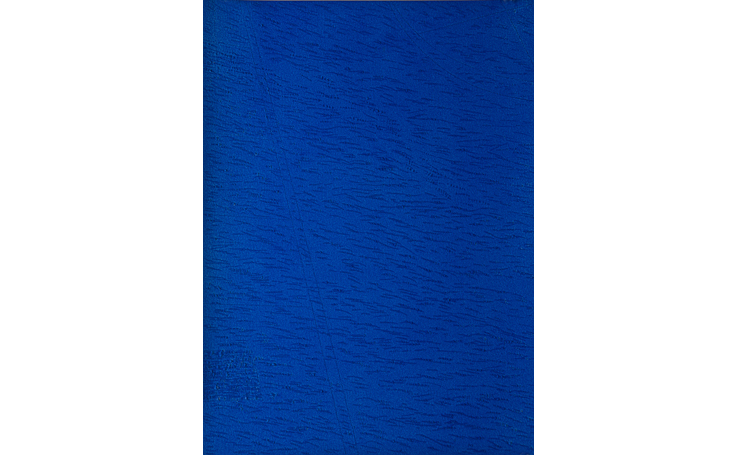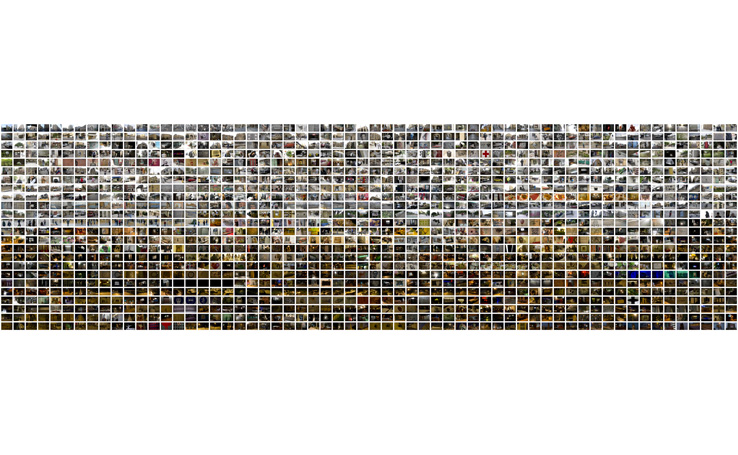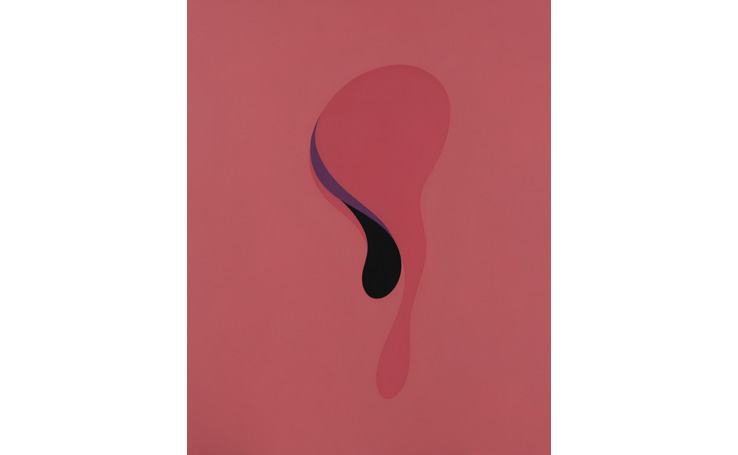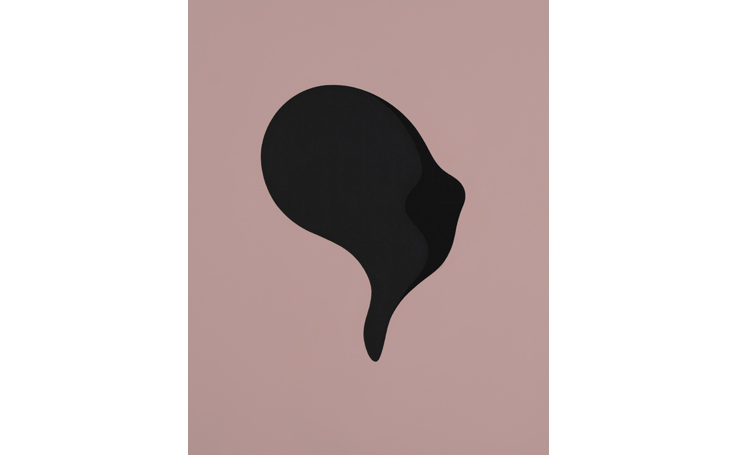3.13
March 18th 2013 to May 2nd 20133.13 features seven monographic exhibitions for artists, Manal AlDowayan, Athier, Mohammed Ahmed Ibrahim, Nadine Kanso, Mohammed Kazem, Roberto Lopardo, and Diego Pujal.
Manal AlDowayan’s “Realm of Disappearance” uses AlNaysaboury’s “Jurisprudence of a Language” and Saudi newspapers to show that groupings and standardized imagery imply preservation, yet are specific to the documenter’s selection, relegating some characteristics into oblivion. Drawing inspiration from his old Iraqi passport, Athier’s “The Birth and Destruction of an Eagle” revisits the origins and persistence of the pan-Arab symbol of the eagle of Saladin, questioning whether it is a false representation of power and freedom. Mohammed Ahmed Ibrahim uses found materials from his native Khorfakkan, such as leaves, clay and paper, to create objects of undefined forms. His sculptures appear organic, as though they were natural forms that he has illuminated, rather than created. Nadine Kanso’s “Khaled” (Immortal) is a portrait of the artist’s late uncle not by a recreation of his appearance in a traditional likeness, rather by presenting his essence through his personal collection of vinyl records. Mohammed Kazem’s “Scratches” translate musical forms into the language of visual art. The works are the visualization of a composition, not in the esoteric manner of a musical score, rather in a more fundamental and visceral expression. In “Mapping Beirut” Roberto Lopardo takes one photograph every minute continuously over 24 hours, providing the viewer with an insight into Beirut’s visual chemistry, its colors, textures, habits, interactions, energies and biases. Diego Pujal’s paintings present monochromatic backgrounds dominated by elusive, organic forms, with equally mysterious titles. The works carry a sense of movement and fragility.












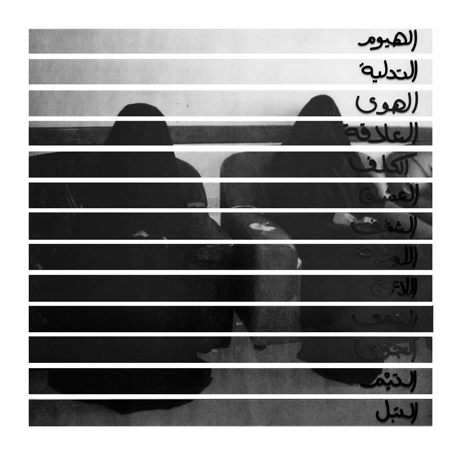

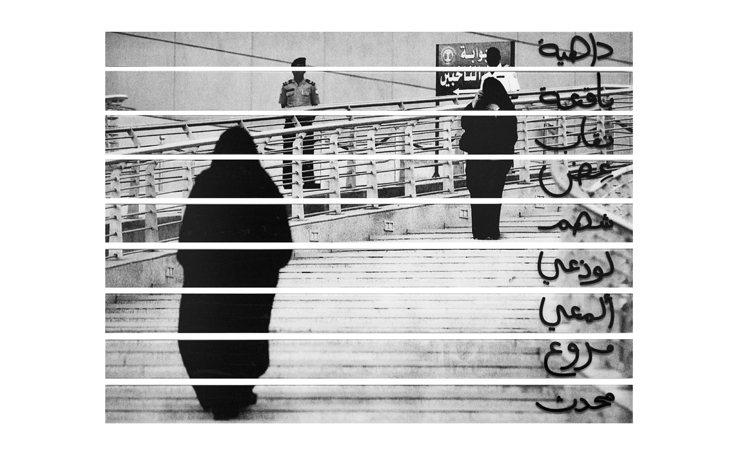
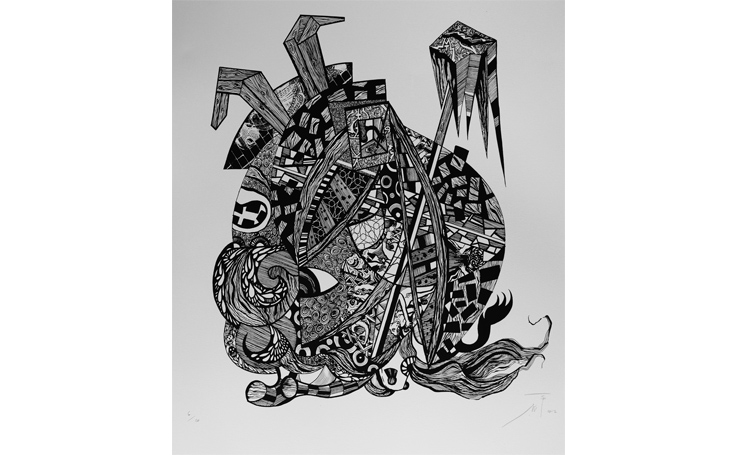
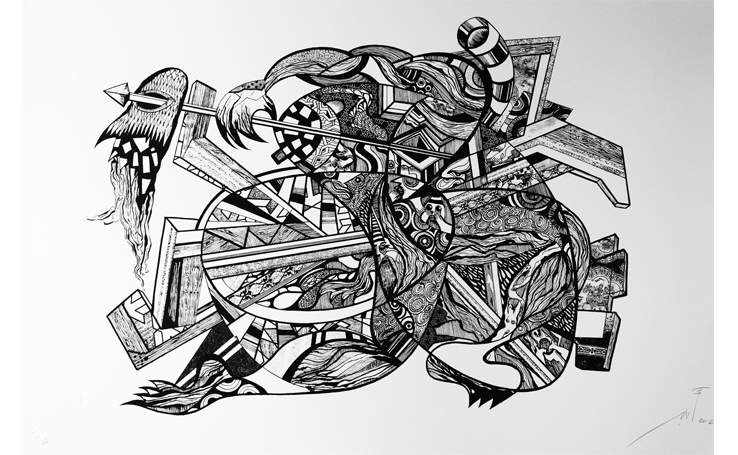
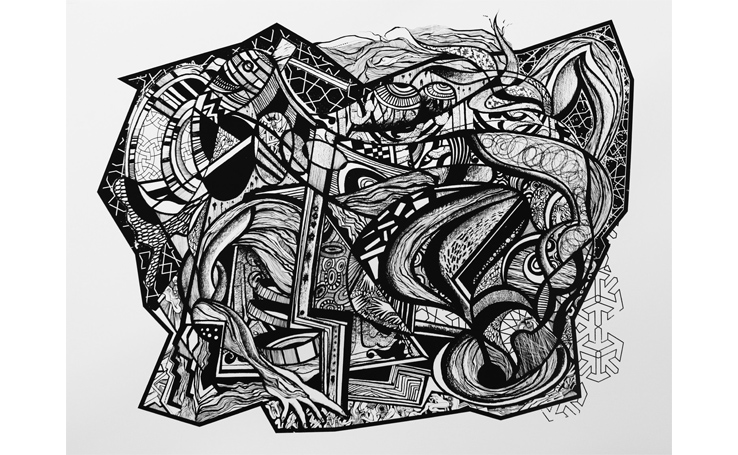
 web.jpg)

